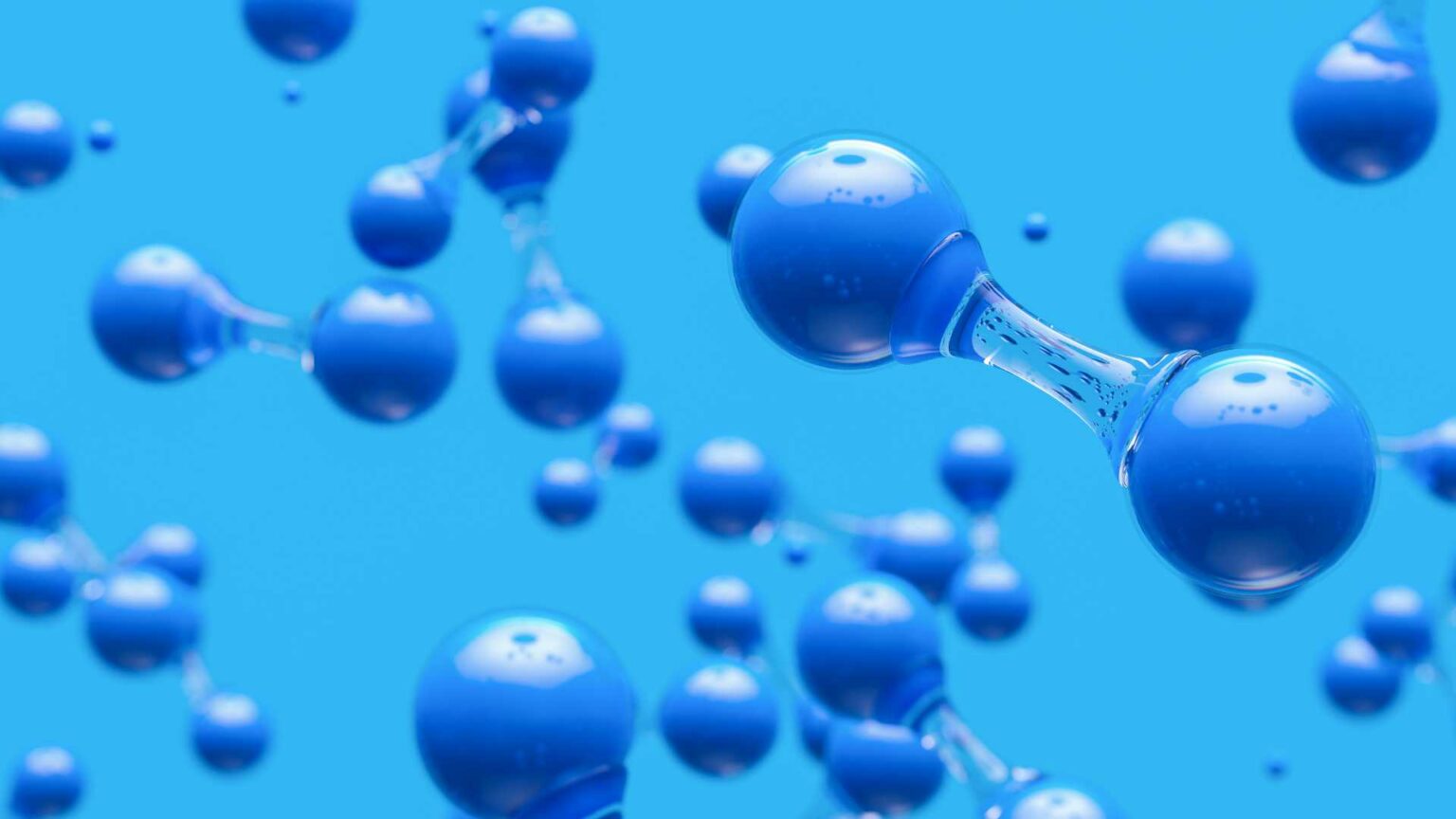In a pivotal analysis, the Department of Energy’s National Energy Technology Laboratory (NETL) has raised concerns about the trajectory of hydrogen prices linked with carbon capture technology, suggesting potential hurdles in achieving the ambitious clean energy goals set by the Biden administration for 2031.
The Biden administration aims to usher in a new era of clean energy by significantly reducing the cost of “clean” hydrogen to $1 per kilogram by 2031. Hydrogen, often touted as a key player in the transition to sustainable energy, holds the promise of being a clean fuel option, particularly when produced through methods involving carbon capture technology.
The NETL’s recent report delves into the cost projections for “blue” hydrogen, a variety produced by utilizing fossil fuels while capturing and storing resulting emissions. According to the analysis, technological advancements are expected to lower the cost of blue hydrogen to a range of $1.33 to $1.40 per kilogram by the early 2030s. While this represents a notable reduction from the current range of $1.60 to $1.64 per kilogram, it falls short of the Biden administration’s aggressive cost target.
The report underlines the need for hydrogen developers to consider various factors beyond technological advancements to further drive down costs. Key considerations include optimizing plant scale, strategic plant site selection, and exploring avenues for the sale of byproducts, such as black carbon. The intricate interplay of these factors becomes crucial in bridging the gap between current estimates and the administration’s cost objective.
The analysis focused on two prevalent methods of producing blue hydrogen—steam methane reforming and autothermal reforming. Both methods rely on fossil fuels in the production process but incorporate technologies to capture emissions, aligning with carbon capture strategies.
While the report raises questions about the cost-effectiveness of blue hydrogen, it also emphasizes the role of ongoing technological advancements. The hydrogen landscape is dynamic, with continuous research and development potentially unlocking new pathways to enhance efficiency and drive down costs. The challenge remains in achieving this progress at a pace that aligns with the pressing clean energy goals.





